Application of Decellularized Bone Matrix and Chitosan Composite Scaffold in Bone Defect Repair
DOI: 10.23977/medsc.2024.050517 | Downloads: 15 | Views: 776
Author(s)
Lei Zhang 1, Xinhua Cheng 1
Affiliation(s)
1 Department of Orthopaedics, Renmin Hospital, Hubei University of Medicine, Shiyan, Hubei, 442000, China
Corresponding Author
Xinhua ChengABSTRACT
Repair materials for bone defects often have problems such as poor biocompatibility, immune rejection and unsatisfactory healing effects. How to develop a scaffold material that has good biocompatibility and can effectively promote bone regeneration has become one of the hot topics in current research. This paper tests a composite scaffold of decellularized extracellular matrix (dECM) and chitosan to explore its application in bone defect repair. First, composite scaffolds of dECM and chitosan with different ratios are prepared to optimize the structure and properties of the material. Then, the micromorphology, mechanical properties and biocompatibility of the composite scaffolds are systematically evaluated using scanning electron microscope (SEM), mechanical properties test and in vitro cell culture experiments. In the repair experiment of the mouse bone defect model, the composite scaffold with a 1:1 ratio shows the highest bone density (0.45 g/cm²) at 8 weeks. The mechanical test results show that the composite scaffold with a 1:1 ratio is superior to other groups in terms of compressive strength, tensile strength and elastic modulus, and is close to the mechanical properties of natural bone. Immunohistochemical analysis show that the expression of bone formation markers such as ALP (alkaline phosphatase) and HE (Hematoxylin and Eosin) is significantly increased in the 1:1 composite scaffold group. In the above data, the dECM and chitosan 1:1 composite scaffold shows good biological activity, mechanical properties and repair effect in bone defect repair, and has great clinical application potential.
KEYWORDS
Bone Defect Repair; Acellular Bone Matrix; Chitosan; Composite Scaffold; BiomaterialCITE THIS PAPER
Lei Zhang, Xinhua Cheng. Application of Decellularized Bone Matrix and Chitosan Composite Scaffold in Bone Defect Repair. MEDS Clinical Medicine (2024) Vol. 5: 119-127. DOI: http://dx.doi.org/10.23977/medsc.2024.050517.
REFERENCES
[1] Zhu G, Zhang T, Chen M, et al. Bone physiological microenvironment and healing mechanism: Basis for future bone-tissue engineering scaffolds[J]. Bioactive materials, 2021, 6(11): 4110-4140.
[2] Xue N, Ding X, Huang R, et al. Bone tissue engineering in the treatment of bone defects[J]. Pharmaceuticals, 2022, 15(7): 879-884.
[3] Manzini B M, Machado L M R, Noritomi P Y, et al. Advances in Bone tissue engineering: A fundamental review[J]. Journal of biosciences, 2021, 46(4): 1-18.
[4] Guo L, Liang Z, Yang L, et al. The role of natural polymers in bone tissue engineering[J]. Journal of Controlled Release, 2021, 338(5): 571-582.
[5] Lee S S, Du X, Kim I, et al. Scaffolds for bone-tissue engineering[J]. Matter, 2022, 5(9): 2722-2759.
[6] Dec P, Modrzejewski A, Pawlik A. Existing and novel biomaterials for bone tissue engineering[J]. International Journal of Molecular Sciences, 2022, 24(1): 529-535.
[7] Oliveira É R, Nie L, Podstawczyk D, et al. Advances in growth factor delivery for bone tissue engineering[J]. International journal of molecular sciences, 2021, 22(2): 903-915.
[8] Aslam Khan M U, Aslam M A, Bin Abdullah M F, et al. Current perspectives of protein in bone tissue Engineering: bone structure, Ideal scaffolds, fabrication techniques, applications, Scopes, and future advances[J]. ACS Applied Bio Materials, 2024, 7(8): 5082-5106.
[9] Wang X, Yu T, Chen G, et al. Preparation and characterization of a chitosan/gelatin/extracellular matrix scaffold and its application in tissue engineering[J]. Tissue Engineering Part C: Methods, 2021, 23(3): 169-179.
[10] Cui Y, Wang J, Tian Y, et al. Functionalized decellularized bone matrix promotes bone regeneration by releasing osteogenic peptides[J]. ACS Biomaterials Science & Engineering, 2023, 9(8): 4953-4968.
[11] Zhou B, Jiang X, Zhou X, et al. GelMA-based bioactive hydrogel scaffolds with multiple bone defect repair functions: therapeutic strategies and recent advances[J]. Biomaterials Research, 2023, 27(1): 86-95.
[12] Hosseini S J, Parsaei H, Moosavifar M J, et al. Static magnetic field enhances the bone remodelling capacity of human demineralized bone matrix in a rat animal model of cranial bone defects[J]. Journal of Materials Chemistry B, 2024, 12(15): 3774-3785.
[13] Shen Y, Xu Y, Yi B, et al. Engineering a highly biomimetic chitosan-based cartilage scaffold by using short fibers and a cartilage-decellularized matrix[J]. Biomacromolecules, 2021, 22(5): 2284-2297.
| Downloads: | 10011 |
|---|---|
| Visits: | 671806 |
Sponsors, Associates, and Links
-
Journal of Neurobiology and Genetics
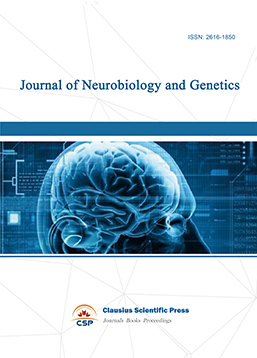
-
Medical Imaging and Nuclear Medicine
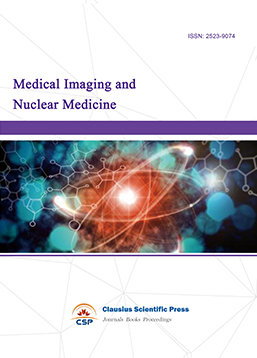
-
Bacterial Genetics and Ecology
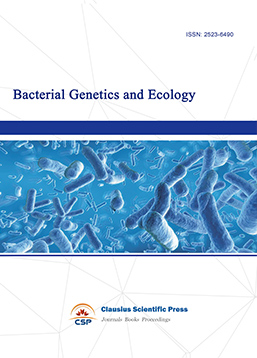
-
Transactions on Cancer
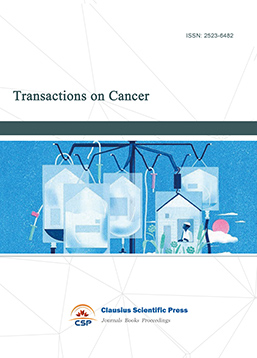
-
Journal of Biophysics and Ecology
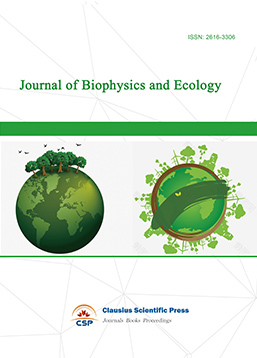
-
Journal of Animal Science and Veterinary
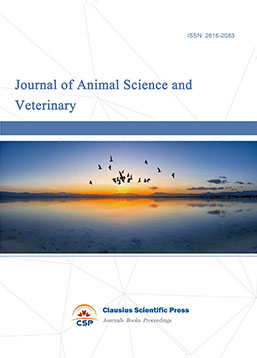
-
Academic Journal of Biochemistry and Molecular Biology
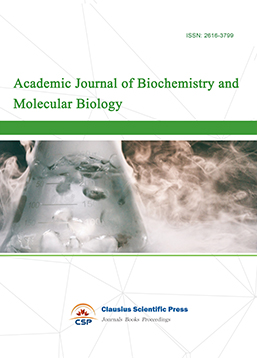
-
Transactions on Cell and Developmental Biology
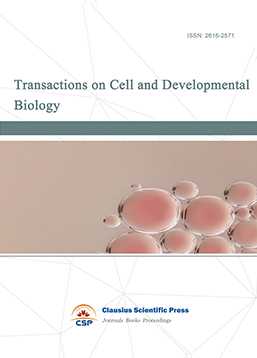
-
Rehabilitation Engineering & Assistive Technology
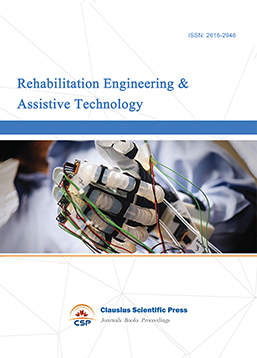
-
Orthopaedics and Sports Medicine
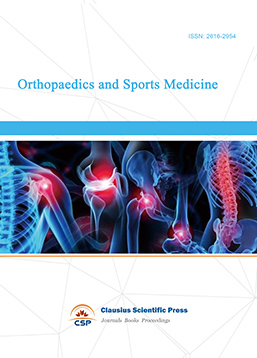
-
Hematology and Stem Cell
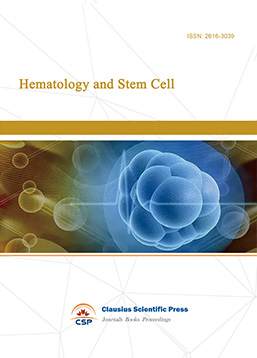
-
Journal of Intelligent Informatics and Biomedical Engineering
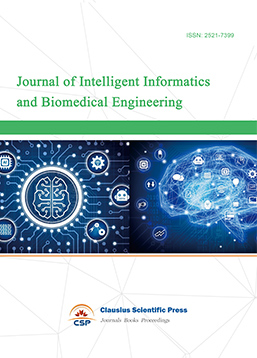
-
MEDS Basic Medicine
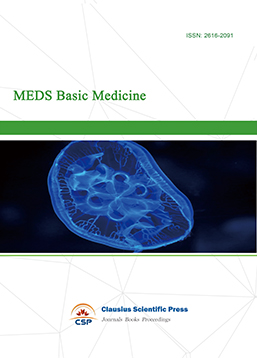
-
MEDS Stomatology
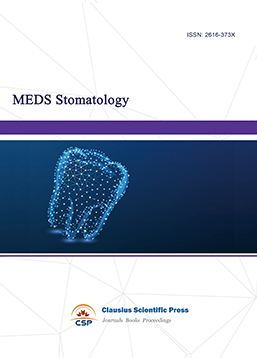
-
MEDS Public Health and Preventive Medicine
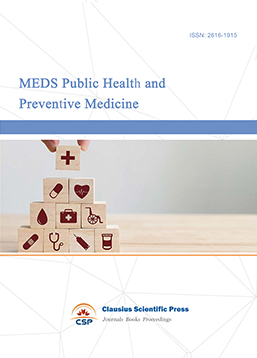
-
MEDS Chinese Medicine
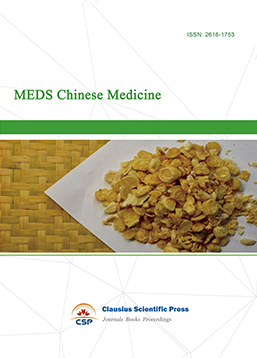
-
Journal of Enzyme Engineering
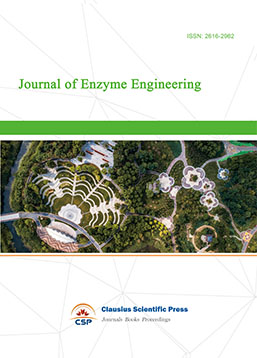
-
Advances in Industrial Pharmacy and Pharmaceutical Sciences
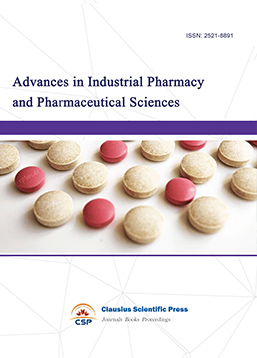
-
Bacteriology and Microbiology
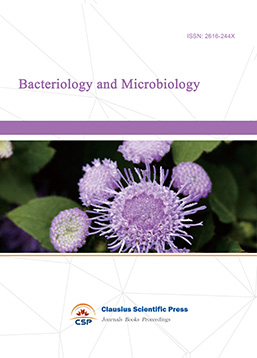
-
Advances in Physiology and Pathophysiology
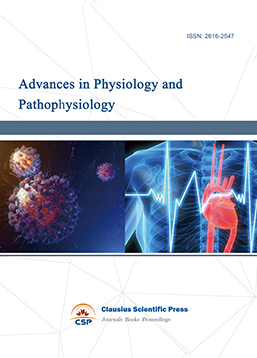
-
Journal of Vision and Ophthalmology
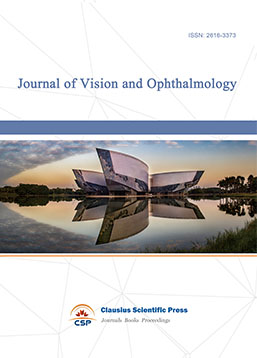
-
Frontiers of Obstetrics and Gynecology
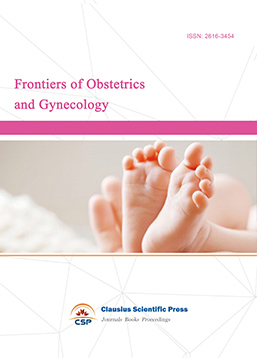
-
Digestive Disease and Diabetes
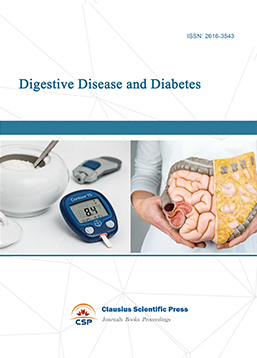
-
Advances in Immunology and Vaccines

-
Nanomedicine and Drug Delivery
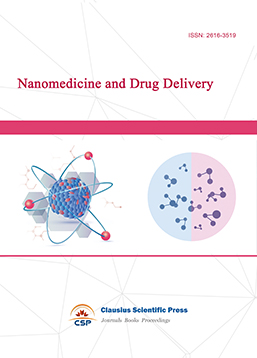
-
Cardiology and Vascular System
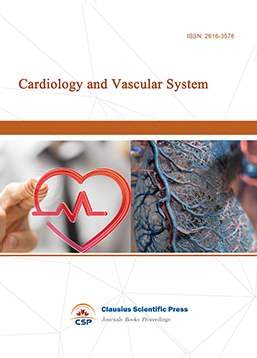
-
Pediatrics and Child Health
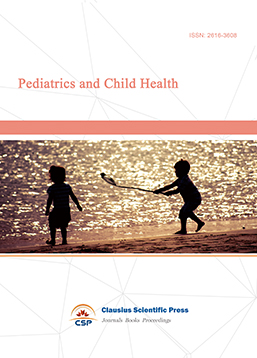
-
Journal of Reproductive Medicine and Contraception
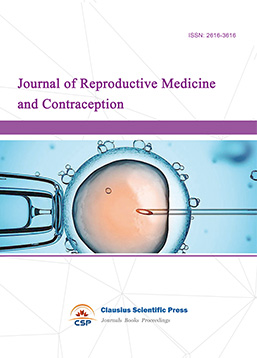
-
Journal of Respiratory and Lung Disease
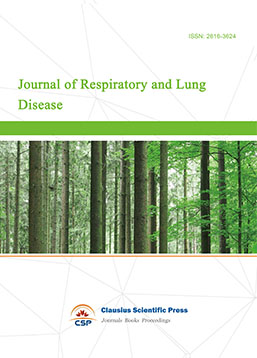
-
Journal of Bioinformatics and Biomedicine
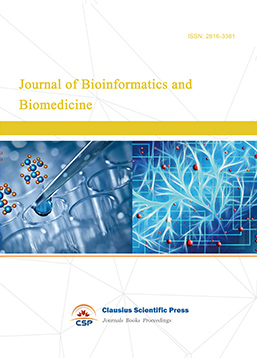

 Download as PDF
Download as PDF